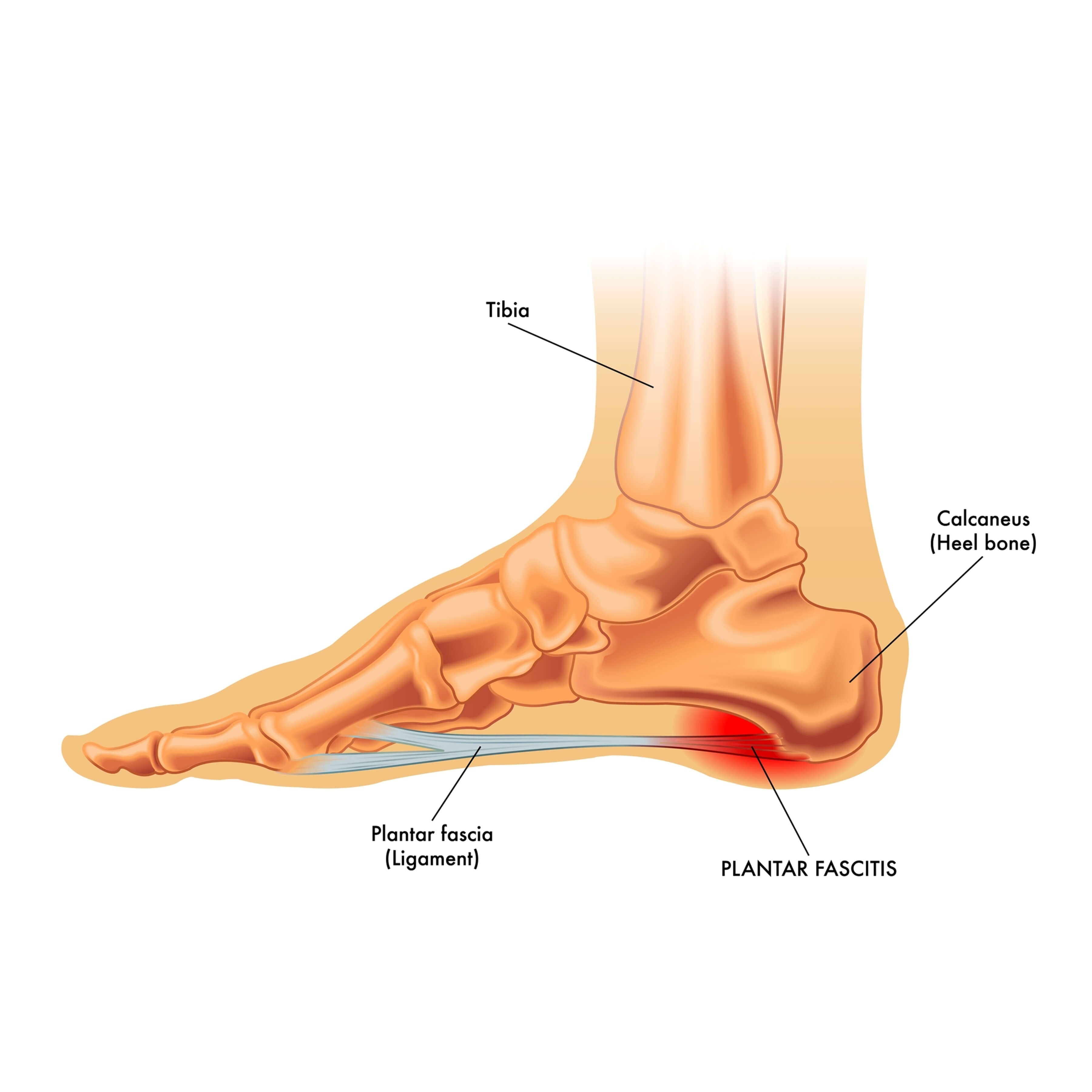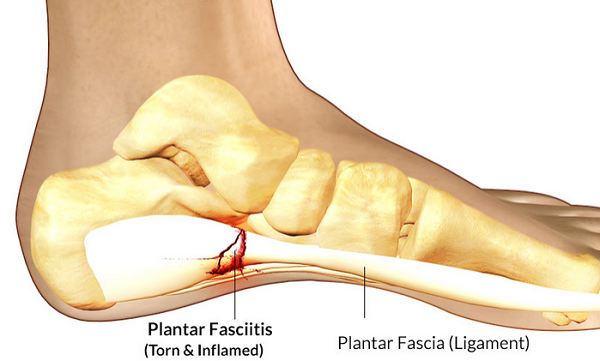Why Your Heels Hurt After Sitting—And What You Can Do About It
Have you ever experienced a sharp pain in your heels when you stand up after sitting for a while? This phenomenon, often attributed to a condition known as plantar fasciitis, can be quite discomforting. Understanding the root cause of this pain and how to mitigate it is crucial for maintaining your daily activities and overall well-being.
The Science Behind Heel Pain After Sitting
When you sit for extended periods, the muscles and ligaments in your feet tend to relax. The plantar fascia, a thick band of tissue that runs across the bottom of your foot and connects your heel bone to your toes, also becomes less taut. When you suddenly stand up, this relaxed fascia is stretched, causing micro-tears and inflammation, which results in pain. This condition is scientifically known as plantar fasciitis, a common cause of heel pain.

Why Does My Heel Hurt When I Walk After Sitting?
The primary reason your heel hurts when you walk after sitting is the sudden strain placed on the plantar fascia. According to Dr. James Ioli, an assistant professor of orthopedic surgery at Harvard Medical School, “The plantar fascia is like a rubber band. When it’s relaxed, it’s more prone to injury when stretched suddenly.” This sudden stretching can lead to inflammation and pain, especially if you have pre-existing conditions like flat feet or high arches.

Common Factors Contributing to Heel Pain
Several factors can exacerbate heel pain after sitting. These include:
1. Poor Footwear
Wearing shoes with inadequate support can place undue stress on your feet. According to a study published in the Journal of Foot and Ankle Research, individuals who wear ill-fitting shoes are at a higher risk of developing plantar fasciitis. Investing in good quality, supportive footwear can significantly reduce the likelihood of heel pain.

2. Obesity
Excess weight puts additional strain on your feet, particularly the plantar fascia. A study by the American Orthopaedic Foot & Ankle Society found that obese individuals are more prone to plantar fasciitis due to the increased pressure on their feet. Maintaining a healthy weight can help alleviate this pressure and reduce the frequency of heel pain.

3. Prolonged Standing or Walking
Activities that require prolonged standing or walking can also contribute to heel pain. According to the Mayo Clinic, individuals who spend long hours on their feet are at a higher risk of developing plantar fasciitis. Taking regular breaks to rest your feet and stretching exercises can help mitigate this risk.

Effective Strategies to Alleviate Heel Pain
While the pain can be debilitating, there are several strategies you can employ to alleviate it:
1. Stretching Exercises
Stretching exercises can help strengthen the muscles and ligaments in your feet, reducing the likelihood of pain. According to a study published in the Journal of Orthopaedic & Sports Physical Therapy, regular stretching can significantly reduce the symptoms of plantar fasciitis. Simple exercises like rolling your foot over a tennis ball or stretching your calf muscles can provide relief.
2. Ice Therapy
Applying ice to the affected area can help reduce inflammation and pain. According to the American Academy of Orthopaedic Surgeons, icing your heel for 15-20 minutes several times a day can provide significant relief. This simple technique can be particularly effective after activities that exacerbate your pain.
3. Orthotic Inserts
Custom orthotic inserts can provide additional support to your feet, reducing the strain on the plantar fascia. According to a study published in the Journal of the American Podiatric Medical Association, orthotic inserts can significantly reduce the symptoms of plantar fasciitis. These inserts can be particularly beneficial for individuals with flat feet or high arches.
When to Seek Professional Help
While home remedies can provide relief, it’s essential to seek professional help if the pain persists. According to Dr. David Porter, a podiatrist at the University of California, San Francisco, “If the pain is severe or doesn’t improve with home treatments, it’s crucial to consult a healthcare professional.” They can provide a proper diagnosis and recommend appropriate treatments, which may include physical therapy, corticosteroid injections, or in severe cases, surgery.
Conclusion
Heel pain after sitting, often due to plantar fasciitis, can be a significant inconvenience. By understanding the causes and implementing effective strategies, you can significantly reduce the frequency and intensity of this pain. Remember, maintaining good footwear, staying at a healthy weight, and taking regular breaks can go a long way in preventing heel pain. If the pain persists, don’t hesitate to seek professional help for a proper diagnosis and treatment plan.
